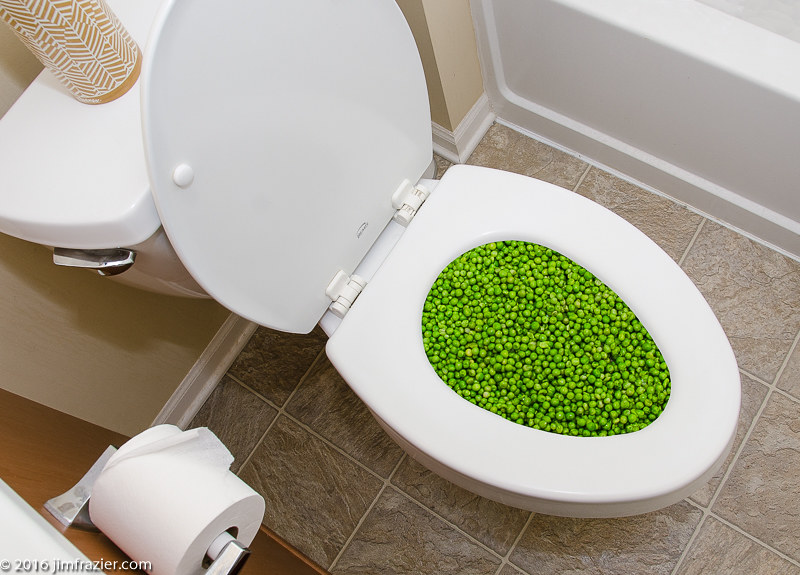Can You to Flush Food Down the Toilet?
Can You to Flush Food Down the Toilet?
Blog Article
Any individual maintains their unique idea about Is it safe to flush food (especially rice) down the toilet?.

Intro
Many people are commonly confronted with the predicament of what to do with food waste, especially when it comes to leftovers or scraps. One typical concern that occurs is whether it's fine to purge food down the bathroom. In this post, we'll explore the reasons people may take into consideration flushing food, the effects of doing so, and alternate approaches for proper disposal.
Reasons individuals might think about purging food
Lack of recognition
Some individuals may not be aware of the possible harm triggered by flushing food down the bathroom. They might incorrectly believe that it's a harmless technique.
Convenience
Purging food down the toilet might appear like a fast and very easy remedy to dealing with undesirable scraps, especially when there's no nearby trash bin available.
Laziness
In many cases, people may merely pick to flush food out of large laziness, without taking into consideration the consequences of their activities.
Repercussions of flushing food down the toilet
Ecological influence
Food waste that ends up in rivers can add to air pollution and harm water ecosystems. In addition, the water utilized to flush food can stress water sources.
Pipes problems
Flushing food can lead to blocked pipelines and drains, triggering expensive plumbing repairs and inconveniences.
Kinds of food that ought to not be flushed
Fibrous foods
Foods with coarse structures such as celery or corn husks can obtain tangled in pipes and trigger obstructions.
Starchy foods
Starchy foods like pasta and rice can soak up water and swell, leading to clogs in pipelines.
Oils and fats
Greasy foods like bacon or food preparation oils should never be flushed down the bathroom as they can solidify and trigger clogs.
Appropriate disposal methods for food waste
Utilizing a garbage disposal
For homes equipped with waste disposal unit, food scraps can be ground up and flushed via the plumbing system. However, not all foods are suitable for disposal in this way.
Recycling
Particular food product packaging materials can be recycled, decreasing waste and reducing ecological influence.
Composting
Composting is an eco-friendly way to dispose of food waste. Organic materials can be composted and used to improve soil for horticulture.
The importance of appropriate waste management
Minimizing ecological damage
Correct waste monitoring practices, such as composting and recycling, help reduce air pollution and maintain natural deposits for future generations.
Safeguarding pipes systems
By avoiding the method of flushing food down the commode, house owners can prevent expensive plumbing repair work and keep the honesty of their plumbing systems.
Final thought
To conclude, while it may be tempting to flush food down the toilet for benefit, it's important to comprehend the potential effects of this activity. By taking on appropriate waste administration practices and dealing with food waste properly, people can add to healthier plumbing systems and a cleaner environment for all.
FLUSH FOOD DOWN THE TOILET?
FLUSHING FOOD CAN CAUSE BLOCKED DRAINS IN YOUR HOME
All of the plumbing fixtures in your home are connected to the same sewer pipe outside of your home. This outdoor sewer pipe is responsible for transporting all the wastewater from your home to the Council sewer mains. Even small pieces of food that go down the kitchen sink can cause problems for your sewer. It should therefore be obvious that flushing larger bits of food, such as meat, risks a clog in either the toilet itself or the sewer pipes. Flushing greasy food is even more problematic because oil coagulates when it cools, coating the interior lining of your pipes.
THE TOILET IS NOT A BIN
Food isn’t the only thing that people shouldn’t be flushing down the toilet. People use the toilet to dispose of all kinds of things such as tampons, makeup wipes, dental floss, kitty litter and even underwear. Water goes to great lengths to educate residents about the high costs and stress placed on wastewater treatment systems simply from people flushing the wrong stuff down the toilet. It costs taxpayers millions of dollars each year, and homeowners thousands in blocked drain repairs.
FLUSHING FOOD IS A WASTE OF WATER
Flushing food is a waste of our most precious resource - water. In June this year Level 1 water restrictions were introduced to protect water supply from drought conditions. Much of New South Wales continues to be affected by prolonged drought with recent figures revealing up to 97 per cent of the state remains in drought. Depending on whether you have a single or dual flush toilet, every single flush uses between five and 11 litres of water. In the current climate this is a huge amount of water to be wasting on flushing food that should be placed in the bin (or better yet, the compost).
https://www.jabplumbingsolutions.com.au/blog/can-you-flush-food-down-the-toilet

I ran across that review about Flushing Food Down the Toilet? while doing a lookup on the web. Sharing is caring. Who knows, you will be doing someone a favor. I praise you for your time. Return soon.
Schedule Now! Report this page